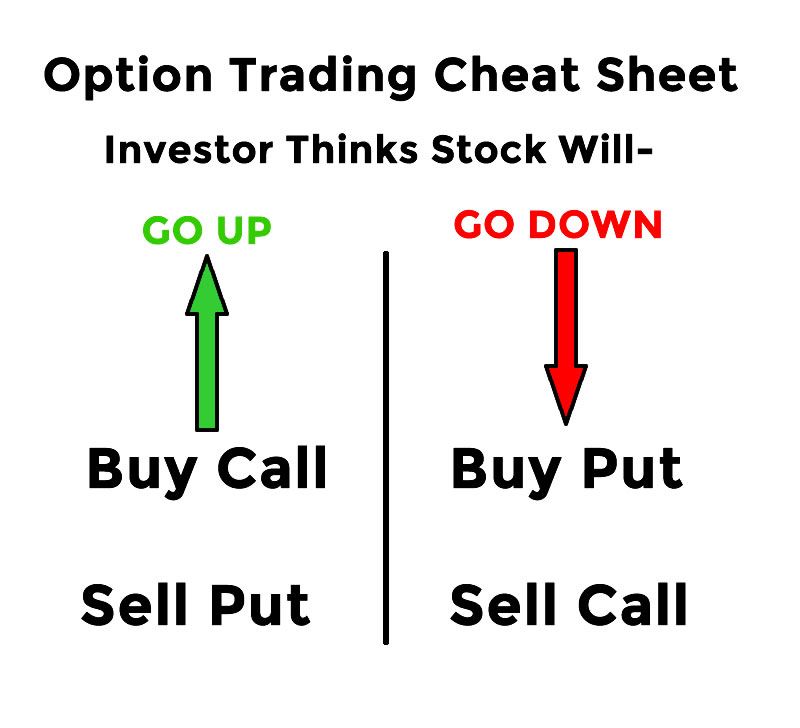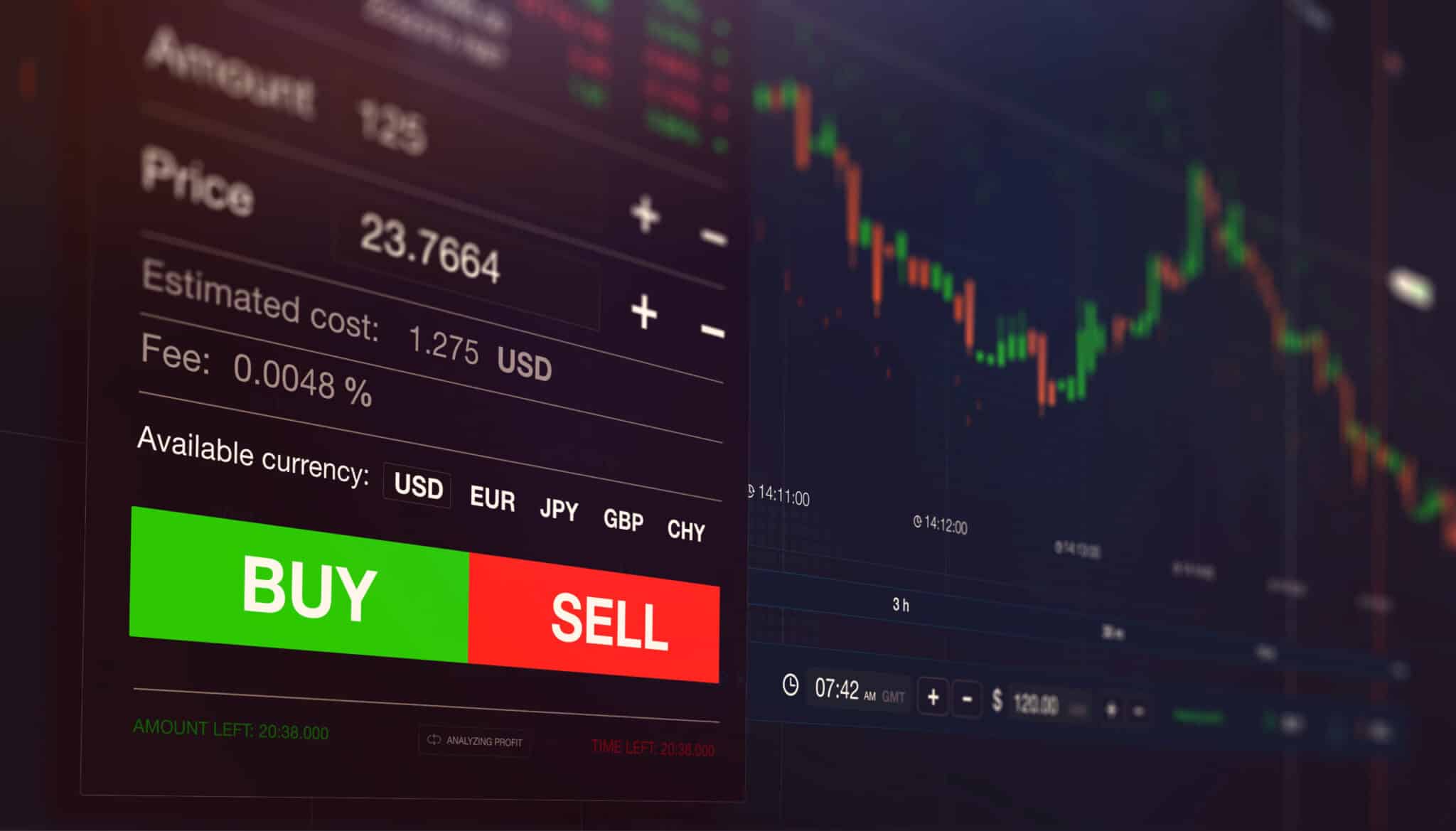Introduction
Have you ever dreamt of leveraging the financial markets to generate passive income or amplify your capital gains? If so, options trading might be the key to unlocking your financial potential. In this comprehensive guide, we’ll delve into the intricacies of options trading, providing you with a roadmap to navigate this exciting yet complex domain.

Image: alphabetastock.com
Options trading is a sophisticated financial strategy that allows investors to speculate on the price movements of underlying assets, such as stocks, indices, commodities, and currencies. Unlike traditional stock trading, options offer unique advantages and risks, including the potential for both substantial profits and significant losses.
Understanding Options Contracts
Options contracts are agreements that give buyers and sellers the right, but not the obligation, to buy or sell an underlying asset at a predetermined price within a specific time frame.
There are two main types of options contracts: calls and puts. Call options give buyers the right to purchase an asset at a specified price, known as the strike price, on or before a specific date, called the expiration date. Put options, on the other hand, give buyers the right to sell an asset at the strike price. Both call and put options can be either bought or sold, providing flexibility for both bullish and bearish market sentiment.
Mechanics of Options Trading
To initiate an options trade, an investor must buy or sell an options contract, which represents the underlying asset and the associated rights. Options contracts are typically bought and sold through options exchanges like the Chicago Board Options Exchange (CBOE) or the International Securities Exchange (ISE).
When an options contract is bought, the buyer pays a premium to the seller. This premium represents the cost of acquiring the options contract, and it is non-refundable. If the options contract expires out of the money, meaning that the underlying asset is trading below the strike price in the case of a call option or above the strike price in the case of a put option, the buyer loses the entire premium paid. However, if the options contract expires in the money, meaning that the underlying asset is trading above the strike price in the case of a call option or below the strike price in the case of a put option, the buyer has the option to exercise the contract and purchase or sell the underlying asset at the strike price.
Strategies and Techniques
There are innumerable options trading strategies, each with its own set of risks and rewards. Some of the most popular strategies include:
- Covered Call: A bullish strategy where an investor sells a covered call option against underlying shares that they own.
- Naked Call: A more aggressive bullish strategy where an investor sells call options without owning the underlying shares.
- Covered Put: A bearish strategy where an investor sells a covered put option with the corresponding shares.
- Naked Put:: A more aggressive bearish strategy where an investor sells put options without owning the underlying shares.
- Call Spread: A strategy that combines multiple calls with different strike prices to reduce risk or create defined profit targets.
- Put Spread: Similar to a call spread, but using put options.

Image: chortkee.com
Advantages and Disadvantages of Options Trading
Options trading offers several advantages, including:
- Potential for high returns: Options strategies can generate substantial profits, particularly in volatile markets.
- Leverage: Options provide leverage, allowing investors to control significant underlying assets with minimal capital outlay.
- Limited risk: Carefully constructed options strategies can limit risk and protect capital.
- Income generation: Options strategies like covered calls and collar spreads can generate consistent income.
- Downside protection: Options can be used to protect portfolio positions during market downturns.
However, options trading also entails several disadvantages:
- Complexity: Options are sophisticated investment products that require a high level of understanding.
- Impermanent: Options contracts have limited lifespans, meaning that their value decays over time.
- Potential for high losses: Improperly managing options trades can result in significant capital loss.
- Margin account requirements: Margin accounts may be required for certain options strategies.
Frequently Asked Questions (FAQs)
Q: What is the difference between a call option and a put option?
A: A call option gives the holder the right to buy the underlying asset at the strike price, while a put option gives the holder the right to sell the underlying asset at the strike price.
Q: What is the expiration date of an options contract?
A: The expiration date is the last day on which the holder can exercise the option.
Q: What is the strike price of an options contract?
A: The strike price is the predetermined price at which the buyer can purchase or sell the underlying asset under the options contract.
Q: Are options trades risky?
A: Options trading can be risky, and investors can lose all or more than their initial investment. Careful planning and risk management are crucial.
Best Options Trading Guide
Conclusion
Options trading is a potent tool that can unlock significant financial opportunities. However, it’s essential to have a thorough understanding of the concepts and techniques involved. By implementing proper risk management strategies, investors can mitigate risks and increase the odds of success. As they navigate this dynamic domain, investors must continuously evolve to keep pace with market trends and advancements. Whether you choose to execute specific strategies or seek professional guidance, remember that the pursuit of knowledge and experience is paramount to maximizing your potential as an options trader.






